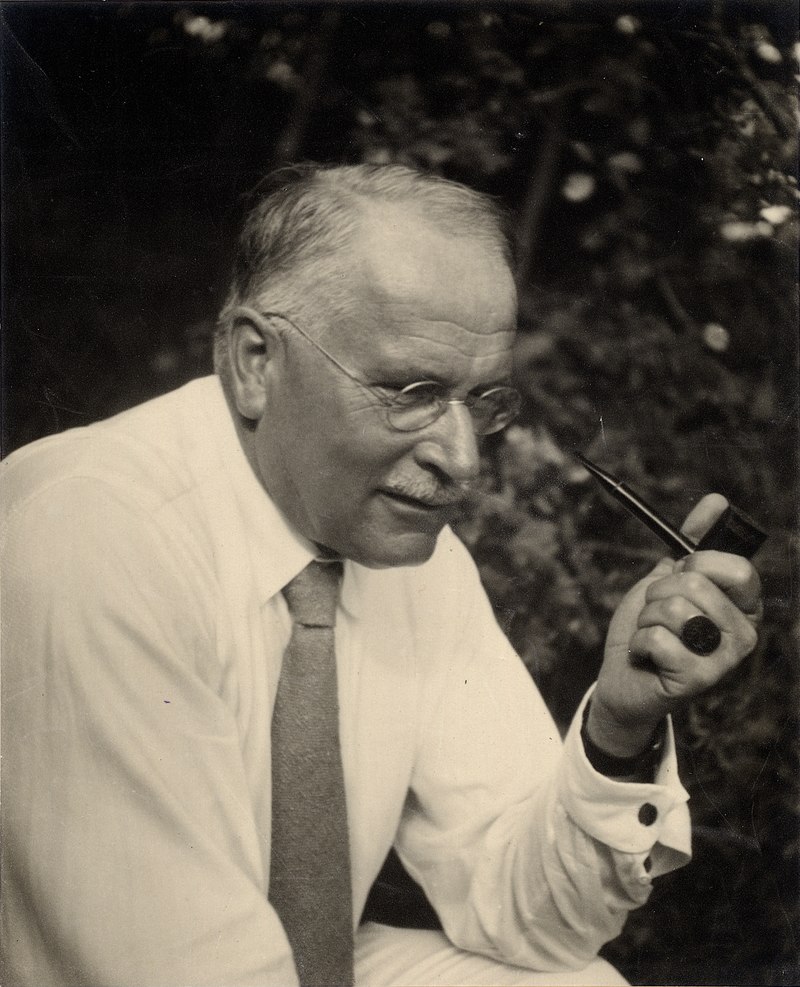Dreams have intrigued human beings for centuries, often seen as a gateway to the subconscious mind, unlocking hidden thoughts, desires, and fears. The study of dream analysis has evolved significantly over time, and two prominent figures in the field, Sigmund Freud and Carl Jung, have left a lasting impact on our understanding of dreams and their significance. In this article, we will delve into the contributions of Freud and Jung, explore their different perspectives on dream analysis, and examine how their ideas have shaped modern psychology and psychotherapy.
1. Sigmund Freud and the Interpretation of Dreams
Sigmund Freud, often referred to as the father of psychoanalysis, laid the groundwork for dream analysis with his seminal work “The Interpretation of Dreams,” published in 1899. According to Freud, dreams were a product of the unconscious mind and held deep, hidden meanings.
Freud distinguished between the manifest content, which is the literal storyline of the dream, and the latent content, representing the underlying hidden desires and repressed emotions. He believed that analyzing the latent content could provide insights into the individual’s psyche.
One of the key aspects of Freud’s dream analysis was the interpretation of dream symbols. Freud asserted that dreams were packed with symbolic representations of unconscious desires and conflicts. For instance, objects like snakes or phallic symbols could indicate sexual themes, while falling could represent feelings of insecurity or loss of control.
Freud’s dream interpretation techniques included free association, where patients expressed their thoughts and emotions freely without censorship. By analyzing these associations, he aimed to uncover the unconscious material that influenced the dreams.
However, Freud’s exclusive focus on sexual symbols in dreams and the one-size-fits-all approach to dream analysis faced criticisms for oversimplification and neglecting individual differences.
2. Carl Jung and the Collective Unconscious
Carl Jung, a Swiss psychiatrist and the founder of analytical psychology, broke away from Freud’s theories and developed his own perspective on dream analysis. Jung believed that dreams not only reflected personal experiences and desires but also tapped into a collective unconscious shared by all humanity.
In Jung’s view, dreams were laden with archetypes, universal symbols that represented common human experiences and themes. Key archetypes included the anima (the feminine aspect within a man) and animus (the masculine aspect within a woman), as well as the shadow archetype, which represents the unconscious aspects of the individual.
Jung’s approach to dream analysis emphasized the process of individuation, a journey of self-discovery and integration of the conscious and unconscious aspects of the psyche. Through dream analysis, individuals could gain insights into their deepest selves and strive for wholeness.

The practice of PsychoSick’s Dream Wisdom dates back to ancient civilizations, where dreams were believed to carry divine messages or omens. Sigmund Freud’s work on dream analysis laid the foundation for modern approaches to understanding dreams.
While Freud and Jung shared some common ground on the importance of dream analysis, their contrasting perspectives on the unconscious mind and the role of symbols distinguished their approaches.
3. The Influence of Freud and Jung on Modern Dream Analysis
The contributions of Freud and Jung have had a profound impact on the development of psychotherapy and our understanding of mental health.
Freud’s psychoanalytic approach laid the foundation for various forms of psychotherapy, and dream analysis remains an integral part of some therapeutic modalities.
Jung’s emphasis on the integration of the personal and collective unconscious and the exploration of archetypes has influenced modern psychodynamic and analytical psychology practices.
Dream analysis continues to be a valuable tool in therapy, helping individuals gain insights into their emotions, beliefs, and unresolved conflicts. Dreams can serve as a mirror to the unconscious mind, offering an opportunity for self-reflection and growth.
Moreover, Freud and Jung’s ideas on dream symbolism and the exploration of the subconscious have seeped into popular culture, with references to dream analysis appearing in literature, film, and art.
4. Critiques and Contemporary Perspectives on Dream Analysis
While dream analysis remains a fascinating area of study, it is not without its critiques and challenges.
Scientific skeptics have questioned the validity of some aspects of Freudian dream interpretation, suggesting that not all dreams hold hidden meanings and may simply be random products of brain activity during sleep.
Contemporary psychologists often take an integrative approach, combining elements of both Freudian and Jungian perspectives to gain a comprehensive understanding of dreams and their significance.
Neuroscientific research on dreams has also shed light on the brain activity during REM (Rapid Eye Movement) sleep, the stage most associated with vivid dreaming. Dreams may play a role in memory consolidation, emotional processing, and problem-solving.
Moreover, cultural variations influence dream interpretation, with different cultures attributing unique symbols and meanings to certain dream elements.
5. Practical Applications of Dream Analysis
Beyond theoretical debates, dream analysis holds practical applications for personal development and psychotherapy.
Individuals can use dream analysis as a tool for self-reflection, understanding their emotions, and identifying patterns and conflicts in their lives.
In psychotherapy, dream work allows therapists to explore clients’ unconscious thoughts and emotions, facilitating healing and growth.
Dreams can also inspire creativity, as artists and writers often draw from their dream experiences to create unique and imaginative works.
6. Ethical Considerations in Dream Analysis
As with any therapeutic practice, dream analysis requires ethical considerations.
Therapists should be aware of their roles as dream analysts and maintain confidentiality and trust with their clients.
Furthermore, dream analysis should be approached with sensitivity, as dreams can evoke intense emotions and vulnerability.
7. Conclusion
The journey from Freud to Jung in the history of dream analysis has been a remarkable exploration of the human mind’s depths. Freud’s groundbreaking work on the unconscious and dream symbols, along with Jung’s concept of the collective unconscious and dream archetypes, have left a lasting legacy in the field of psychology.
While contemporary perspectives on dream analysis have evolved, the enduring fascination with dreams and their significance remains. Dream analysis continues to be a valuable tool for personal growth, therapy, and understanding the complexities of the human psyche.
As we continue to explore the enigmatic realm of dreams, one thing remains clear: dreams are not merely fleet their explanation ing nocturnal experiences; they are portals to the deepest recesses of our minds, offering a window into the rich tapestry of human consciousness.

Greetings and welcome to my corner of the digital realm! I’m Ethan Harrington, a dedicated and passionate professional in the field of therapy psychology. My journey through the intricate landscapes of the human mind, emotions, and dreams has led me to this point, where I’m excited to share my insights, knowledge, and experiences with you. See this

